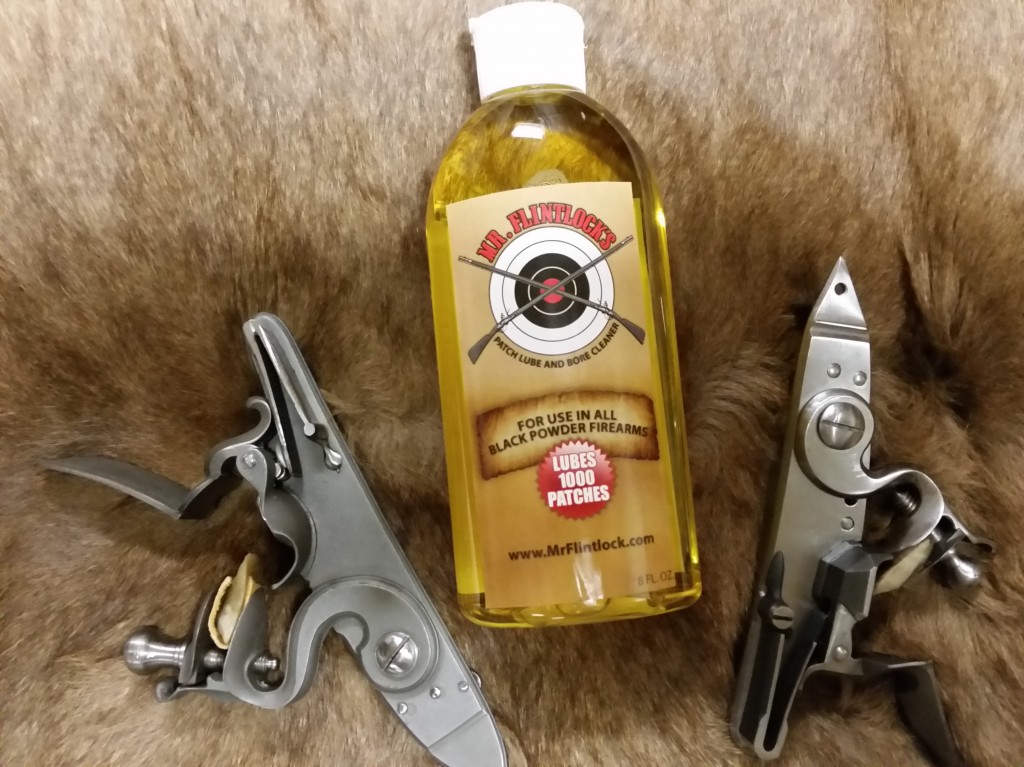Lehigh Valley Patch Lube
But this was for 3-shots, loaded from a pouch (no bench or table), shot offhand, after being at the outside range for over an hour already messing around with an old Euroarms 'flinchlock' (but that's a story for another day). The range conditions were a balmy 17 degrees F, with a gusty 20 to 25 mph wind. So yes, it was really c-c-c-cold by the time I shot those for group.
But I figured if I could load and shoot well in those conditions, then it would help prepare me for the upcoming Primitive Biathlon in Dalton NH. The load was a 0.495' ball with a 0.015' patch, over 90 gr of 777 3F powder, and lubed with 'Mr.
Cloverleaf Patch explanations of patented design functions. Made from Lehigh Valley Lube's FAB-TASTIC Fabric. By John Connor In our ongoing study of goops, soups and sauces for your firearms, we’ve found another winner. Lehigh Valley Lube was originally.
Flintlock's' patch lube -- which is a great product. George, You asked me for feedback on your lube when I bought that case from you a few weeks ago. Well, everyone that has used it is very impressed. The things that we have all found are: • It shoots more consistent and tighter groups • It’s easy to load and shoot a whole match without wiping the bore between shots • The gun has less fouling and is easier to clean at the end of the day I hope you have great success with this lube because it’s a terrific product. I’ll be ordering another case for match prizes in the near future. Don Richards, NMLRA Florida Field Representative.
Like most ML shooters, I have tried any number of lubes and methods, including the much-maligned (or praised) Wonder-Lube. Until now, I had the best luck loading wet patches soaked with Hoppes #9 Plus.
However, when the weather got cold, the 9+ jelled and didn't load well at all. Kern Balance Connection Software. Neeraj Notes Step 3 Setup Sims 3. more. I switched to Lehigh Valley patch lube, which works well in the cold, but to me it did not seem like it had any real lubricating properties, since the patched ball loaded very roughly, even in a clean bore. I next tried W-L coated patches plus the Lehigh.

This allowed the balls to load smoothly, but the groups opened up a lot. I then decided to try something a little more radical. John Whiscombe is a builder of custom, high-powered English airguns. His.22 caliber airguns are the world's most powerful spring-powered airguns, capable of delivering pellets with energy equivalent to that of a.22 rifle.
The problem with this type of airgun is that it is very difficult to effectively lubricate the pellets. As the gun is fired, the air compression raises the breech temperature to over 2000 degrees F, igniting standard lubricants. To powder burners, this might sound like a good thing, but it seriously degrades the rifle's accuracy. On the other hand, if no lubricants are used, barrel leading occurs.
Thick, non-igniting lubricants create a viscous drag on the pellet and also degrade power and accuracy. After years of experimenting, Mr. Whisomb developed what he calls 'airgun honey', both because the product looks like honey and has the same viscosity, and because it makes the gun shoot sweetly. It provides excellent non-viscous lubrication and does not cause ignition problems.
Because it worked so well in my Whiscombe airgun, I thought that I would try it in my.45 caliber Pedersoli flinter. Traditionalists may not like the mixture since the ingredients were not available in days of yore, but the preparation is very simple. Mix 2/3 parts of Hoppes gun oil (or any good grade gun oil) with 1/3 part of STP motor oil treatment (do I hear groans?).